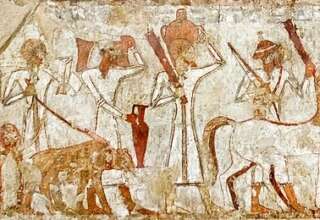
The intercultural encounter
People can meet others from different cultures and with different value orientations when leaving one’s country, as do tourists, immigrants, refugees, international students and expatriates. People also may encounter divergent cultures within one’s own country (Ward et al., 2001). In addition, there are increasingly more possibilities to virtual intercultural encounters both in work settings (Gibson & Manuel, 2003; Hardin et al., 2007) and for leisure (Seder & Oishi, 2009; Wimmer & Lewis, 2010). In some situations, intercultural contact may be fostered institutionally, while in others governmental institutions may try to limit this contact (Ward et al., 2001). The cultural difference in the interaction asks for the creation of new forms of meaning and strategies of identification, through processes of negotiation (Bhabha, 1994). The intercultural encounter is highly complex and can be explored from different perspectives. Here I will confine myself to the aspects of the encounter most relevant to this study. I will elaborate on intercultural communication and intercultural conflict.
Intercultural communication
A major issue in the intercultural encounter is communication. Ways of communication are highly influenced by culture. Language is the most clearly recognizable part of culture and most crucial in the intercultural encounter (Hofstede, 2001). What is perceived as polite communication depends on the specific culture. For instance, in the Netherlands politeness in conversation would include not interrupting the other speaker, while in Latin cultures digression from the main issue would be seen as a form of politeness (Ulijn, 1995). This situation could create conflict. A study, using subjects from a series of countries, found that low-context (mostly Western) cultures tend to emphasize direct and explicit communication, while high-context (mostly Eastern) cultures have a preference for indirect and implicit communication (Adair & Brett, 2005). In contrast to most Western cultures, Arab culture emphasizes form over function, affect over accuracy, and image over meaning (Zaharna, 1995). Also, the tendency of individuals in different countries to agree or disagree was found to be related to a difference in individualism-collectivism (Smith, 2011). The importance of language and communication skills in order to bridge these cultural differences was documented widely (Samovar et al., 2009; Ward et al., 2001).







